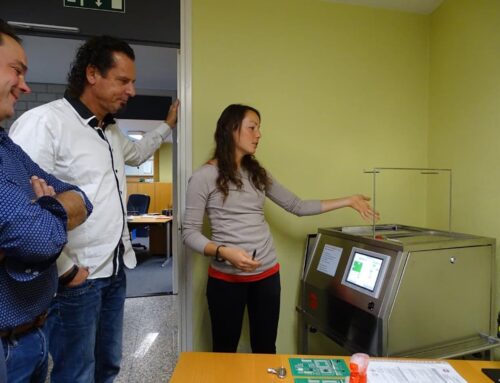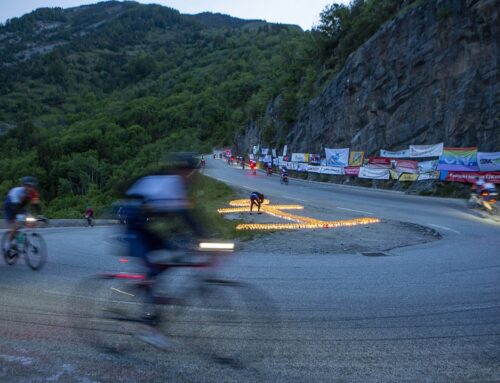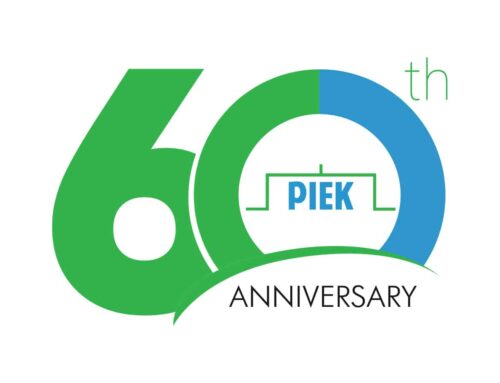In June 2021 PIEK talked to Dr. Katleen Gabriels, who works as an Assistant Professor at Maastricht University. It is therefore high time that we speak to her again about the developments in the fields of artificial intelligence (AI), industry 4.0 and chatbots. A new edition of her book Conscientious AI (Regels voor Robots in Dutch) will be published, in which she zooms in on generative AI.
‘When looking back one and a half years, I see two important developments,’ Dr Gabriels says, ‘They are the transition from Facebook into Meta and the breakthrough of generative artificial intelligence, such as ChatGTP and VALL-E. I am critical about the way the media deal with tools like ChatGPT, as the approach is sensationalist and the capacities of the chatbot are exaggerated. Doom-and-gloom images are painted of the future, in which writers and journalists and writers have become redundant, having been supplanted by chatbots. This is nonsensical. The response from the world of education is also dubious, when they see all students as potential frauds using ChatGPT for their writing assignments. I feel that only minority will make use of ChatGPT, because the chance of being caught out is fairly big. When we review the history of AI, we can see that there have been quite a lot of expectations since the 1950s. Some never materialised into useable products and services, so people thought AI was dead. The same happened with virtual reality (VR): it was declared dead for the same reason, but it is returning from the dead now when you look at what is happening with Metaverse.´
´ChatGPT is currently improving, because anyone who has an account there in principle works for free for OpenAI, the company behind this chatbot, by giving feedback. At a later stage there will be a premium, paid-for version apart from the free version, and the questions will then be: which of the two versions is better, who will use which version, and which uses will they be put to? Generative AI also has disadvantages, as it can help criminals. Phishing will get more devious by the use of ChatGPT: glaring language errors will be brushed away by ChatGPT, so messages seem more authentic and convincing than before, people falling prey to them more easily.´
´Another development is VALL-E, an AI tool using somebody’s voice. Voices can easily be synthesised and copied with VALL-E. Criminals using VALL-E could call parents with the synthesised voices of their children, asking them to immediately transfer money to them. It is not just the fake written word that can be spread very easily but also the fake spoken word. Society should be alerted to this. In photography fakes are also increasingly common. There are a lot of fake pictures about, called deepfakes, and vigilance is in order because abuse and crime is not far away.´
´AI is already part of our lives, and its role will only grow. Because Facebook is investing huge sums of money in Meta, the virtual world will mix with or be part of the real world in due course. The Internet of Things creeps into our lives more and more, making life easier, e.g. with a security camera that you can operate with your smart phone. The smart phone itself will get to play a crucial role in life, for instance to identify yourself to log into company systems Forbidding applications on smart devices for security reasons, as happened with TikTok on the devices of staff working for the European Commission will occur more frequently. After all, protecting an organisation´s intellectual property and preventing leaks of knowledge to foreign organisations will rise in priority. For companies it is not easy to make informed choices about using or forbidding platforms such as TikTok. On the one hand, a company may have a commercial interest in a presence on TikTok, e.g. to reach out to customers, and on the other hand its presence may be a risk in terms of cybersecurity. No need to stress that it is important for a company to create a good strategy and make well-informed, well-researched choices.´
PIEK thanks Katleen Gabriels for the interview and wishes her good luck with her research.
Copyright photo Joris Hilterman










